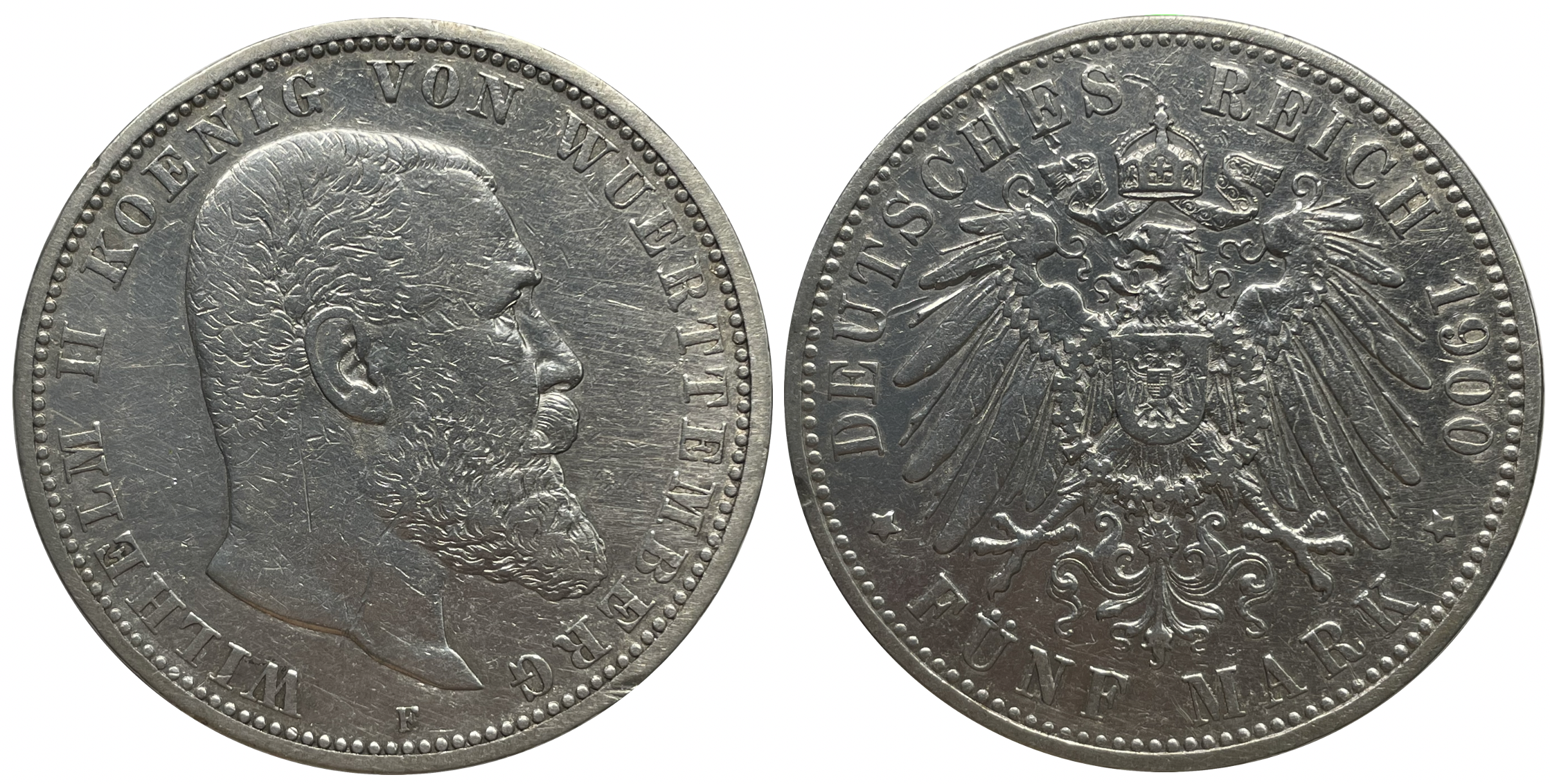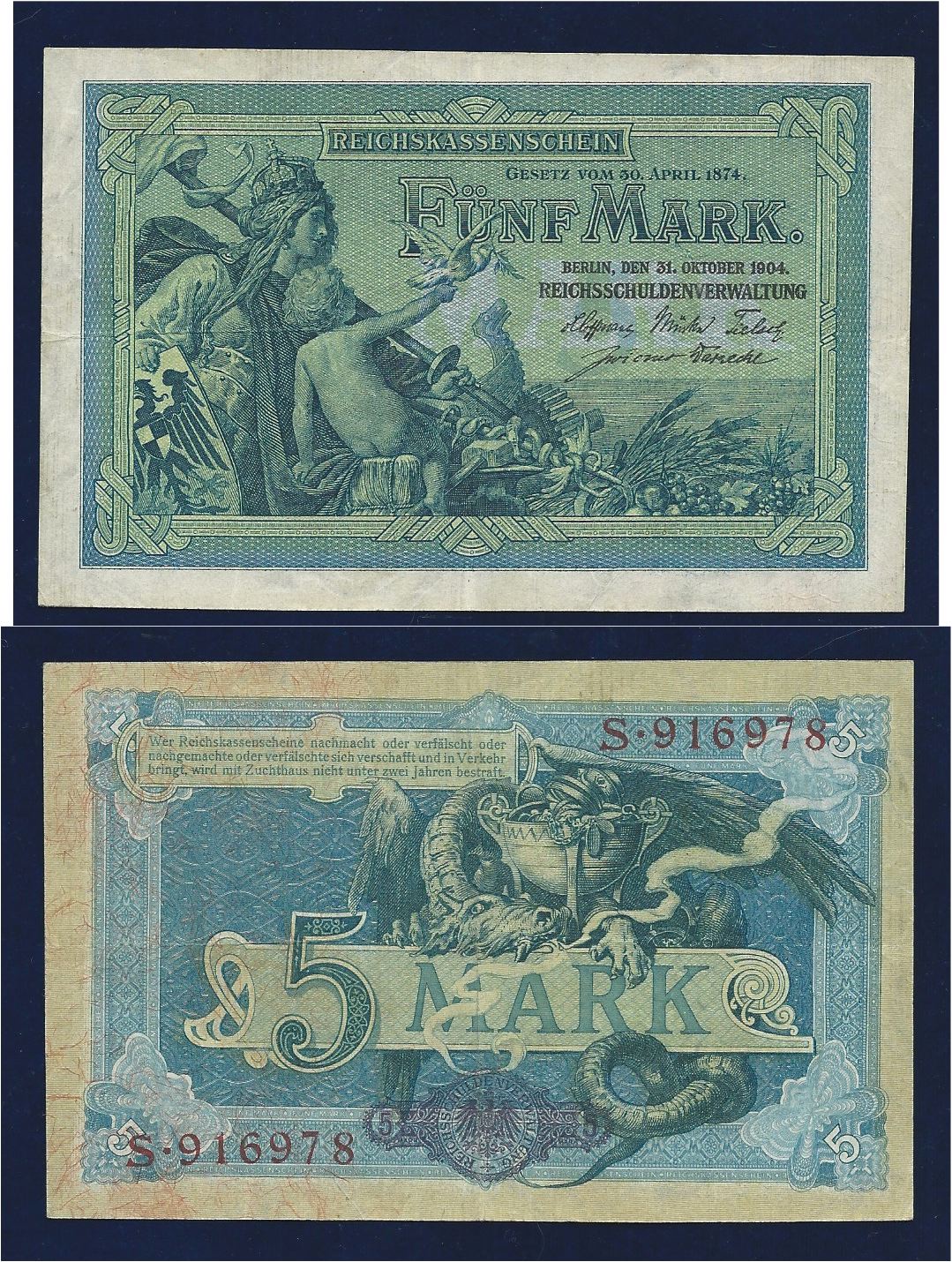|
Stuttgart-Untertürkheim–Kornwestheim Railway
The Stuttgart-Untertürkheim–Kornwestheim railway (known regionally as the ''Schusterbahn'') is an 11.5-kilometre-long freight bypass in the German state of Baden-Württemberg. The double-track electrified main line connects Stuttgart-Untertürkheim station, Untertürkheim with Kornwestheim station, Kornwestheim and serves primarily as a bypass for freight around Stuttgart Central Station (''Hauptbahnhof''). In the List of scheduled railway routes in Germany, Deutsche Bahn timetable as route 790.11. History The name ''Schusterbahn'' (“Shoemaker Railway”) refers to the Salamander shoe factory founded in Kornwestheim by a relative of Albert Einstein in 1899. The passenger trains on the route mainly served employees of the shoe factory and the railways, as Untertürkheim and Kornwestheim both contained the homes of many railway workers, and ended originally in Kornwestheim not at Kornwestheim station, but to its east in the old Kornwestheim marshalling yard, the remains of ... [...More Info...] [...Related Items...] OR: [Wikipedia] [Google] [Baidu] |
15 KV AC Railway Electrification
Railway electrification systems using at are used on transport railways in Germany, Austria, Switzerland, Sweden, and Norway. The high voltage enables high power transmission with the lower frequency reducing the losses of the traction motors that were available at the beginning of the 20th century. Railway electrification in late 20th century tends to use AC systems which has become the preferred standard for new railway electrifications but extensions of the existing networks are not completely unlikely. In particular, the Gotthard Base Tunnel (opened on 1 June 2016) still uses 15 kV, 16.7 Hz electrification. Due to high conversion costs, it is unlikely that existing systems will be converted to despite the fact that this would reduce the weight of the on-board step-down transformers to one third that of the present devices. History The first electrified railways used series-wound DC motors, first at 600 V and then 1,500 V. Areas with 3 k ... [...More Info...] [...Related Items...] OR: [Wikipedia] [Google] [Baidu] |
Stuttgart-Untertürkheim Station
Untertürkheim station is a railway station in Untertürkheim, an outer district of Stuttgart, Germany, on the city's S-Bahn, or S-line. The station formerly included a freight yard and the abbreviation of the station precinct, including the yards, is TSU. Located near Württemberg mountain, Untertürkheim is home to the headquarters of Daimler AG and the original Mercedes-Benz assembly plant. History On 22 October 1845 the first railway line in Württemberg, the Central Railway (''Zentralbahn'') opened, connecting the small wine-growing community with Cannstatt, early five kilometres from Untertürkheim. On 7 November 1845 the line was extended to Obertürkheim. The first station building was a single story and nearly identical with those in Cannstatt and Obertürkheim. Untertürkheim became a popular destination for day trippers, using the new transport system. Hikers and bathers travelled from nearby Stuttgart. The loading dock was mostly used for shipping agricult ... [...More Info...] [...Related Items...] OR: [Wikipedia] [Google] [Baidu] |
Db-152016-00
The D-subminiature or D-sub is a common type of electrical connector. They are named for their characteristic D-shaped metal shield. When they were introduced, D-subs were among the smallest connectors used on computer systems. Description, nomenclature, and variants A D-sub contains two or more parallel rows of pins or sockets usually surrounded by a D-shaped metal shield that provides mechanical support, ensures correct orientation, and may screen against electromagnetic interference. D-sub connectors have gender: parts with pin contacts are called ''male connectors'' or ''plugs'', while those with socket contacts are called ''female connectors'' or ''sockets''. The socket's shield fits tightly inside the plug's shield. Panel mounted connectors usually have #4-40 UNC (as designated with the Unified Thread Standard) jackscrews that accept screws on the cable end connector cover that are used for locking the connectors together and offering mechanical strain relief, and can ... [...More Info...] [...Related Items...] OR: [Wikipedia] [Google] [Baidu] |
William II Of Württemberg
, spouse = , issue = Pauline, Princess of WiedPrince Ulrich , house = Württemberg , father = Prince Frederick of Württemberg , mother = Princess Catherine of Württemberg , birth_date = , birth_place = Stuttgart, Kingdom of Württemberg , death_date = , death_place = Bebenhausen, Württemberg, Weimar Republic , religion = Lutheran William II (german: Wilhelm Karl Paul Heinrich Friedrich; 25 February 1848 – 2 October 1921) was the last King of Württemberg. He ruled from 6 October 1891 until the dissolution of the kingdom on 30 November 1918. He was the last German ruler to abdicate in the wake of the November Revolution of 1918. Early years William was born the son of Prince Frederick of Württemberg (1808–1870) by his wife Princess Catherine Frederica of Württemberg (1821–1898), herself the daughter of King William I of Württemberg (1781–1864). His parents were first cousins, being the children of two brothers, and ... [...More Info...] [...Related Items...] OR: [Wikipedia] [Google] [Baidu] |
Plochingen Station
Plochingen station is the only station in the town of Plochingen in the German state of Baden-Württemberg and the most important railway junction of the Esslingen district. It is located 22.8 kilometres from Stuttgart Hauptbahnhof on the Fils Valley Railway and at the beginning of the Neckar-Alb Railway. History In the planning of the Fils Valley Railway (german: Filstalbahn) from Stuttgart to Ulm the chief engineer Michael Knoll foresaw a station southeast of Plochingen. At that time, approximately 1,900 people lived in the market town and its vineyards. On 14 December 1846, the Royal Württemberg State Railways (Königlich Württembergische Staats-Eisenbahnen) officially opened the Esslingen–Plochingen line. The completion of the next section to Süßen took place on 11 October 1847. The first station building, which no longer exists, was a two-storey sandstone building. In 1852, a second track was completed on the Fils Valley line from Cannstatt to Plochingen. On 20 ... [...More Info...] [...Related Items...] OR: [Wikipedia] [Google] [Baidu] |
German Gold Mark
The German mark (german: Goldmark ; sign: ℳ) was the currency of the German Empire, which spanned from 1871 to 1918. The mark was paired with the minor unit of the pfennig (₰); 100 pfennigs were equivalent to 1 mark. The mark was on the gold standard from 1871–1914, but like most nations during World War I, the German Empire removed the gold backing in August 1914, and gold and silver coins ceased to circulate. After the fall of the Empire due to the November Revolution of 1918, the mark was succeeded by the Weimar Republic's mark, derisively referred to as the Papiermark ("Paper mark") due to hyperinflation in the Weimar Republic from 1918–1923. History The introduction of the German mark in 1873 was the culmination of decades-long efforts to unify the various currencies used by the German Confederation.pp 205-218 https://books.google.com/books?id=GrJCAAAAIAAJ&pg=PA205#v=onepage&q&f=false The Zollverein unified in 1838 the Prussian and South German curre ... [...More Info...] [...Related Items...] OR: [Wikipedia] [Google] [Baidu] |
Albert Einstein
Albert Einstein ( ; ; 14 March 1879 – 18 April 1955) was a German-born theoretical physicist, widely acknowledged to be one of the greatest and most influential physicists of all time. Einstein is best known for developing the theory of relativity, but he also made important contributions to the development of the theory of quantum mechanics. Relativity and quantum mechanics are the two pillars of modern physics. His mass–energy equivalence formula , which arises from relativity theory, has been dubbed "the world's most famous equation". His work is also known for its influence on the philosophy of science. He received the 1921 Nobel Prize in Physics "for his services to theoretical physics, and especially for his discovery of the law of the photoelectric effect", a pivotal step in the development of quantum theory. His intellectual achievements and originality resulted in "Einstein" becoming synonymous with "genius". In 1905, a year sometimes described as his ... [...More Info...] [...Related Items...] OR: [Wikipedia] [Google] [Baidu] |




.jpg)